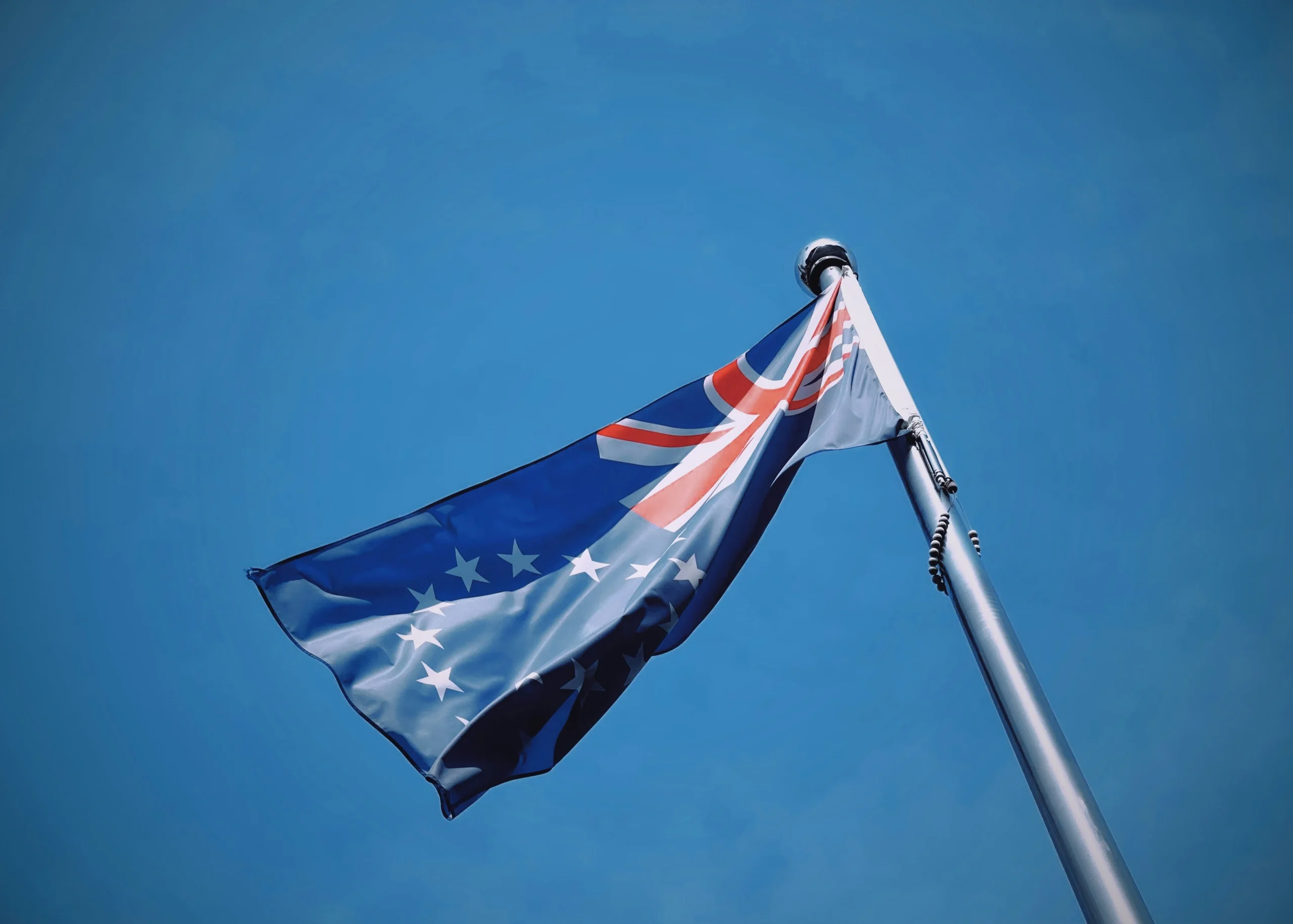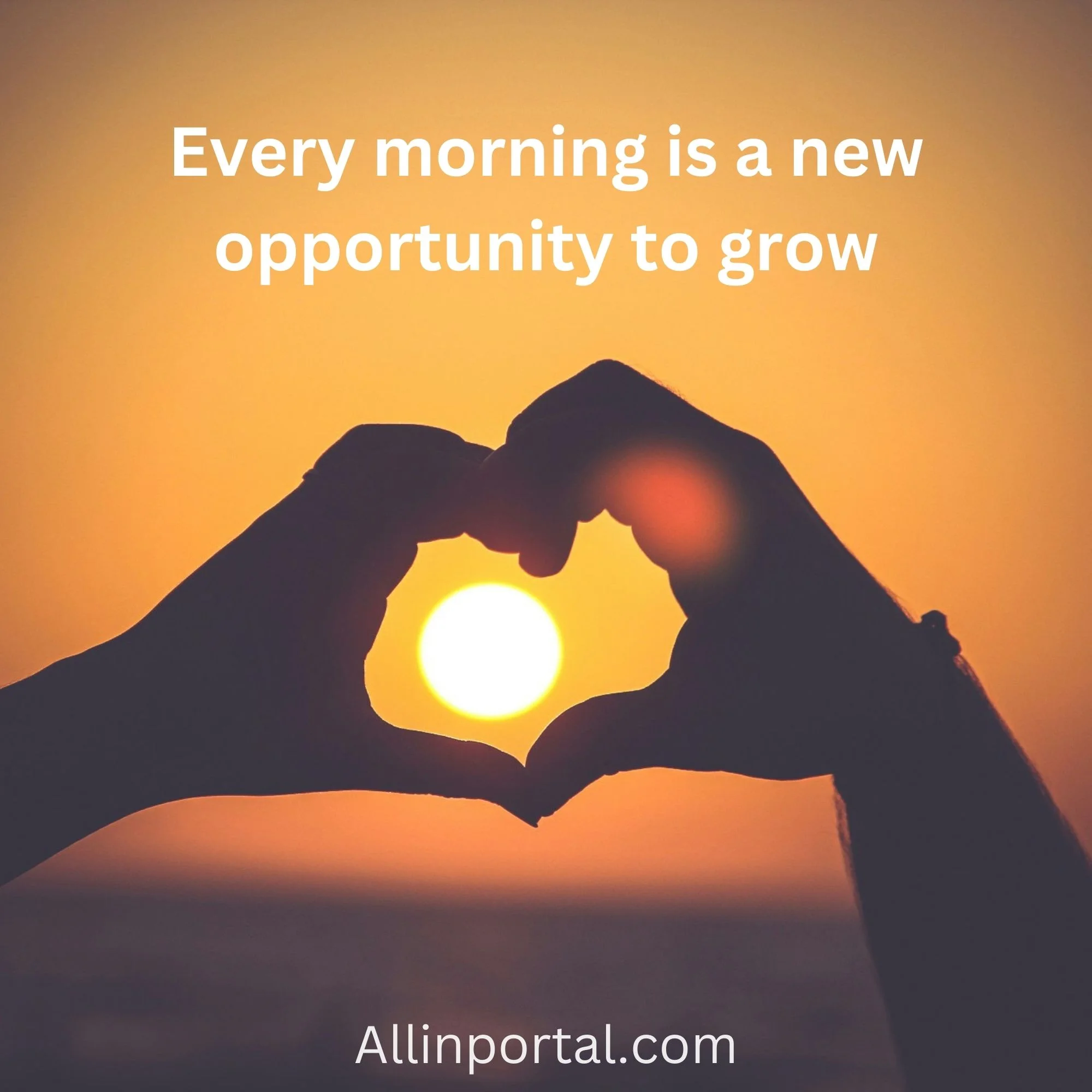
Table of Contents
Australian election 2025

Australian Election 2025
Introduction to the Australian Election 2025
The Australian Election 2025 is shaping up to be one of the most pivotal moments in the country’s recent political history. With a changing demographic, evolving global challenges, and increasing public demand for transparency and progress, this election could redefine the nation’s trajectory.
Why the 2025 Election Matters
https://allinportal.com/category/blog/Every federal election holds weight, but this one feels especially urgent. The world is grappling with the aftermath of a global pandemic, economic volatility, and a climate crisis that waits for no one. Australia’s role in all this? Being decided at the ballot box in 2025.
Key Themes and Expectations
Voters want real action, not just campaign promises. They’re focused on cost of living, climate change, and social justice. The rise of independent voices suggests Australians are tired of politics as usual.
Political Landscape in 2025
Current Government Overview
The Australian Labor Party, under Prime Minister Anthony Albanese, is completing its term after taking office in 2022. Their tenure has been marked by ambitious climate policies, infrastructure spending, and the contentious Indigenous Voice to Parliament proposal.
Main Opposition Parties
The Liberal-National Coalition, led by Peter Dutton, is rallying its base with promises of economic conservatism, border security, and a more measured approach to energy transitions.
Rise of Independents and Minor Parties
“Teal” independents and parties like One Nation, The Greens, and the United Australia Party are gaining ground, especially in electorates tired of the two-party tug-of-war.
Major Political Parties and Their Leaders
Australian Labor Party (ALP)
Albanese remains a central figure, with his government’s achievements and missteps both under close scrutiny. Labor’s platform for 2025 is expected to double down on climate, health, and equity.
Liberal-National Coalition
Dutton brings a tougher edge to the Coalition’s campaign. The message? Fiscal responsibility and national security.
The Greens
Led by Adam Bandt, the Greens are hoping to capitalize on growing climate consciousness among young and urban voters. Expect bold policies on renewable energy and housing.
Other Influential Parties and Figures
Jacqui Lambie, Pauline Hanson, and Clive Palmer are all wild cards—capable of shaking up the narrative and influencing voter sentiment in specific regions.
Core Issues Driving the Election
Climate Change and Environmental Policies
Australia is no longer just debating the climate crisis—it’s living it. Bushfires, floods, and extreme weather are pushing climate policies front and center. Parties will need clear, credible climate plans.
Cost of Living and Economic Recovery
Inflation, interest rates, and wage stagnation are making everyday life harder. The party that convinces voters they can ease economic pressures may hold the keys to Canberra.
Healthcare and Aged Care
COVID exposed weaknesses in the health and aged care sectors. Voters want real investment, not just band-aids.
Housing Affordability
Buying a home feels like a pipe dream for many young Australians. Rental prices? Through the roof. Affordable housing will be a critical battleground.
Indigenous Voice to Parliament
Despite a failed referendum in 2023, the issue remains divisive. Labor may continue to advocate for it in different forms, while others push for alternative methods of reconciliation.
Australian Election 2025 Campaign Strategies
Digital Campaigning and Social Media
Expect TikTok debates, Instagram reels, and Twitter threads. Parties are going all-in on digital to capture young minds and short attention spans.
Traditional Campaign Events
Nothing replaces the power of face-to-face campaigning—door knocks, town halls, and sausage sizzles are still major tools.
Media Influence and Debates
Televised debates will remain key battlegrounds. Media framing will sway undecided voters more than most care to admit.
Australian Election 2025

Voter Demographics and Trends
Young Voters and First-Time Voters
Gen Z and younger Millennials are increasingly vocal and organized. They’re progressive, climate-conscious, and digitally native.
Regional vs Urban Voting Patterns
Urban voters tend to lean progressive, while regional Australia often backs the Coalition or minor right-wing parties. Bridging this divide is a strategic must.
Swing States and Key Battlegrounds
Seats in Western Sydney, inner Melbourne, and parts of Queensland will be decisive. Minor shifts here could change the entire outcome.
The Electoral System Explained
How Preferential Voting Works in Australia
It’s not just who gets the most votes—it’s who gets the most second and third preferences. Knowing how preferences flow is key to winning.
Senate vs House of Representatives
While the House forms the government, the Senate holds power over legislation. A hostile Senate can stall any agenda.
Electoral Commission and Voting Rules
The Australian Electoral Commission (AEC) ensures fairness. Voting is compulsory, and penalties apply for those who skip it.
Predictions and Polls
What the Latest Polls Are Showing
Recent polling suggests a tight race, with neither major party comfortably ahead. Independents may hold the balance of power.
Expert Opinions and Analyst Insights
Some analysts predict a minority government. Others forecast a surprise Coalition comeback. The only certainty? Uncertainty.
Potential Outcomes and What They Mean
Possible Election Scenarios
- Labor majority
- Coalition resurgence
- Hung parliament with independents in control
Each has dramatic implications for legislation and leadership.
Implications for Domestic Policy
Who wins will determine policies on energy, healthcare, and the economy for years to come.
Global Reactions and Foreign Policy Shifts
Allies like the US and UK are watching. A government change could shift Australia’s role in global climate action and security partnerships.
Challenges Facing the 2025 Election
Disinformation and Misinformation
Fake news and AI-generated content are a growing threat. Fact-checking and media literacy have never been more crucial.
Voter Turnout Concerns
Despite compulsory voting, turnout isn’t always 100%. Apathy and confusion can still impact outcomes.
Electoral Integrity and Transparency
Confidence in the democratic process must be protected. Trust in the system equals trust in the result.
Timeline and Key Dates
Voter Registration Deadlines
Typically closes a week after the election is announced. Check the AEC website and don’t miss it!
Early Voting and Postal Voting Info
These options are growing in popularity. Great for people traveling or unable to vote in person on the day.
Election Day Timeline
Polling booths open at 8am and close at 6pm. Results start coming in shortly after.
The Role of Technology in the Election
Cybersecurity of Voting Systems
Election interference is a global risk. Australia has ramped up protections, but vigilance is key.
AI and Data Analytics in Campaigning
Campaigns are now run on data. Expect more personalized ads, targeted messages, and predictive polling.
Voices from the Ground
What Everyday Australians Are Saying
“I just want someone who actually listens.”
“Cost of living is killing us.”
“Climate change needs urgent action.”
These are real voices—real concerns.
Interviews and Polling Stories
Pollsters are picking up deep dissatisfaction with the status quo. That spells trouble for traditional powerhouses.
Media Coverage and Narratives
How News Outlets Are Framing the Election
Each outlet has its spin. Read broadly. Be critical. The narrative matters just as much as the numbers.
Role of Independent Journalism
Independent media is playing a growing role, especially online. From podcasts to Substack columns—they’re shaping opinion like never before.
Post-Australian Election 2025 Transition
Forming a Government
If there’s a clear winner, they’re invited to form government. If not, deals must be struck—sometimes behind closed doors.
Key Steps After the Vote
Swearing in, cabinet formation, and planning for the first 100 days. That’s when the promises meet reality.

Australian election 2025 Conclusion
The Australian Election 2025 is more than a democratic ritual—it’s a defining moment. With issues that touch every corner of life and a political map that’s more unpredictable than ever, the decisions Australians make this year will echo for generations. Make your voice heard. Be informed. Vote smart.
Australian election 2025 FAQs
1. When is the Australian federal election 2025 scheduled?
While the exact date isn’t confirmed, it’s expected between August and May 2025. Keep an eye on announcements from the AEC.
2. What is preferential voting and how does it work?
Preferential voting allows voters to rank candidates. If no one gets a majority, the candidate with the fewest votes is eliminated, and their votes go to the next preferred candidate.
3. Can I vote early or by post in the 2025 election?
Yes, early and postal voting will be available. Details will be announced by the AEC closer to the election.
4. Who are the major contenders in the 2025 election?
The major players are the ALP, Liberal-National Coalition, The Greens, and several key independents.
5. What happens if no party wins a majority?
That’s a hung parliament. The leading party must negotiate with independents or minor parties to form a government.















Comments (1)
binance koda za napotitevsays:
June 8, 2025 at 1:46 amYour article helped me a lot, is there any more related content? Thanks!